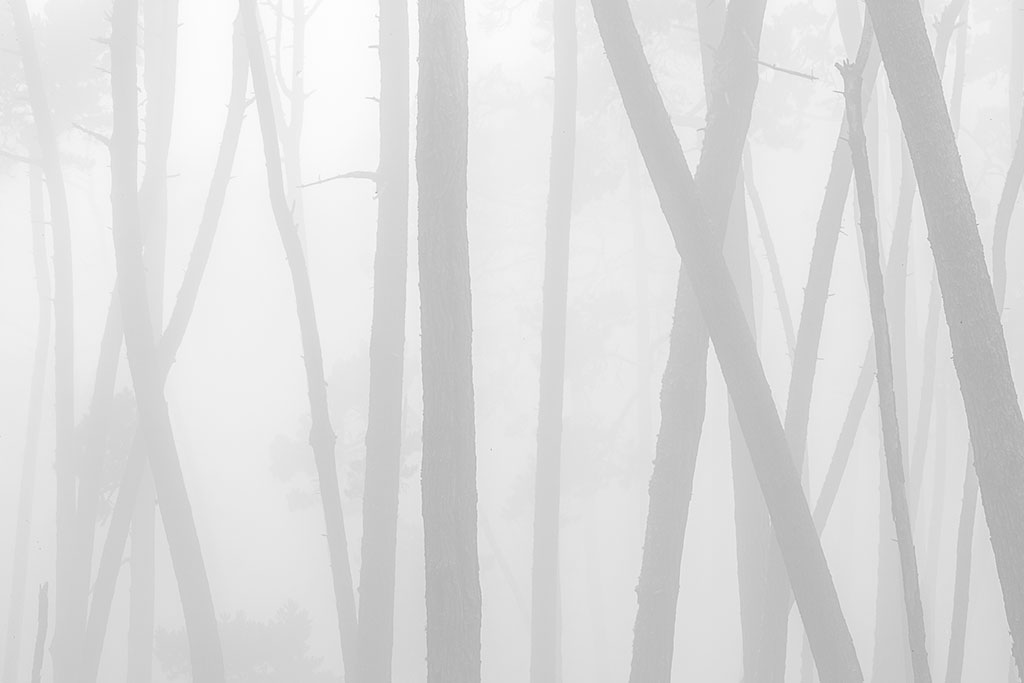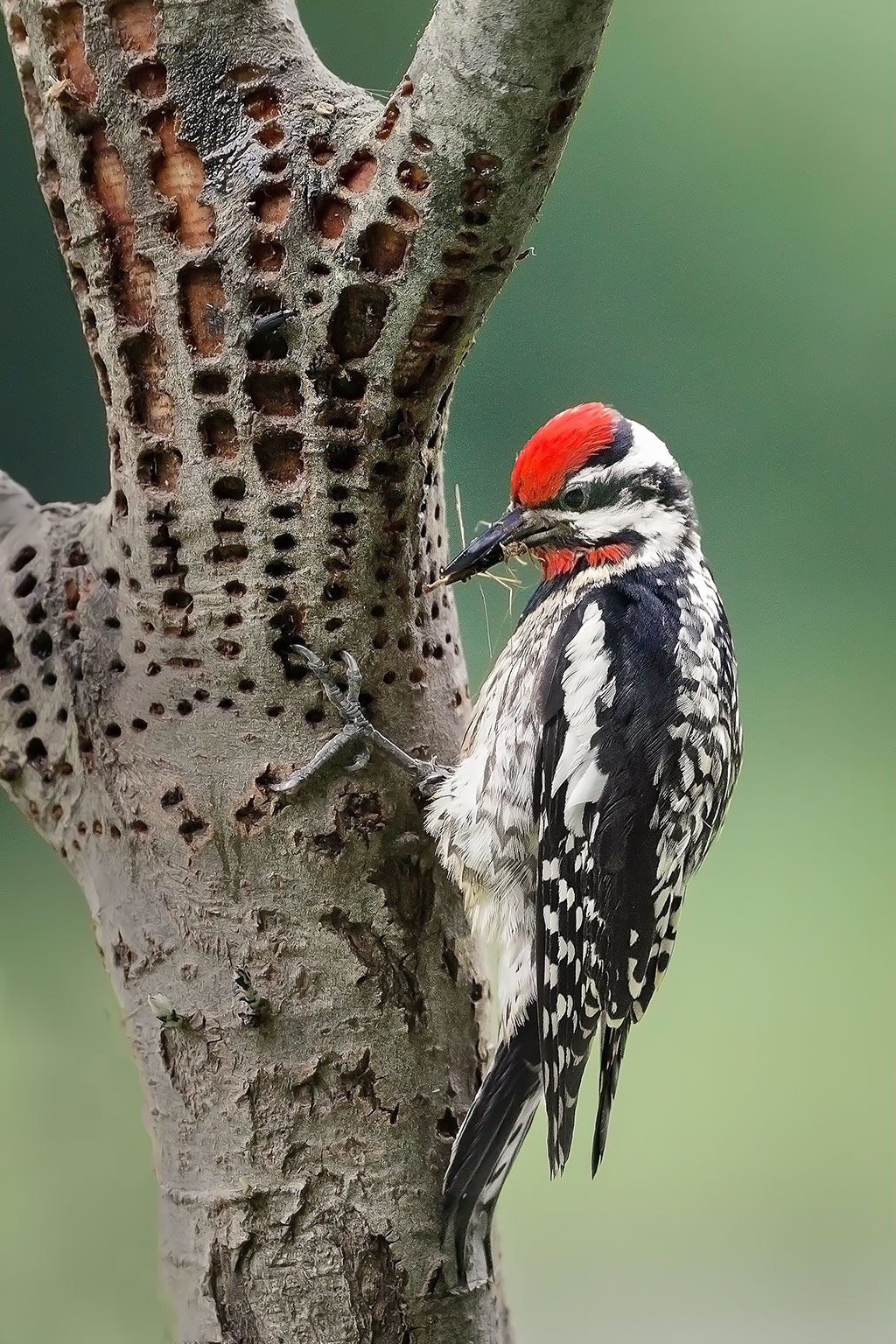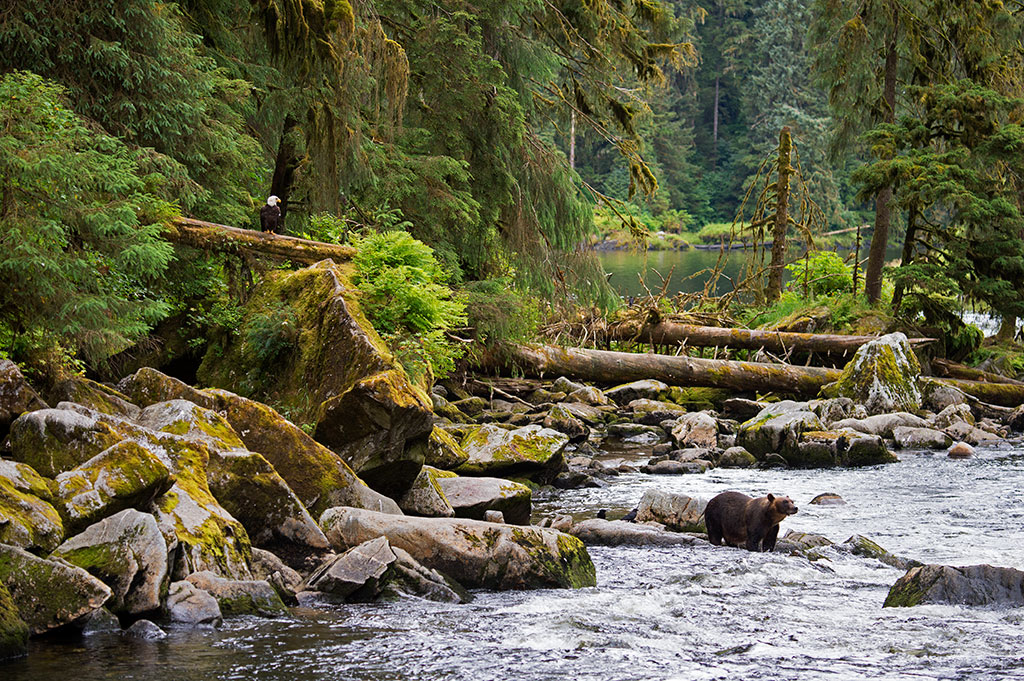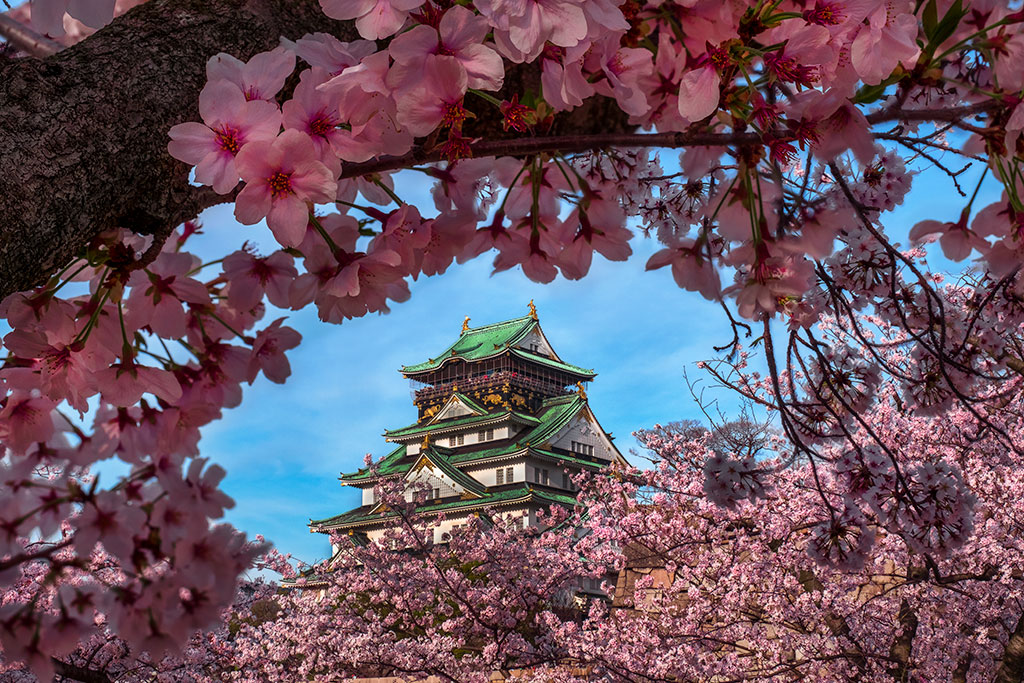Advertisement
Advertisement
Read Next

Curating Your Images Will Improve Your Photography. Here’s How
Curating your images well is a critical...
Watch What You Photograph!
Watch what you photograph! Here's why...
Close Encounter With Bear Gives Photographer A Jolt (& A Great Image)
Ever stumbled across an animal...
5 Ways to Create Stunning Photos Using New Angles
Even a small change in perspective can...Advertisement


Lockdown Editing
Naturally, many photographers have been frustrated over the past year with the pandemic lockdowns, closures and restrictions. In coping with these difficult times and searching for small silver linings, I have noticed a theme that has emerged amongst photographers. We have been relegated to looking backward, to dig back into our archives to see what we might have missed.
Near my home in the foothills of the Sierra Nevada, there are many wonderful oaks, including one right outside my front door. Their gracefully spreading branches, especially in winter, inspire me to photograph them when the conditions are right, such as during or just after a snowstorm. On one recent morning after a rainstorm passed through, I visited a nearby meadow at dawn when thick fog hung low in the trees.
The lockdowns have offered the opportunity to discover additions to our portfolios and learn valuable lessons from our successes and failures. I have written here in the past about the importance I give to this “learning loop.” Typically, most of us spend more time photographing than editing the results because it is more fun to be out there experiencing nature. Now, we can use the downtime to find overlooked gems and learn or relearn from our mistakes. Hopefully.
Every mistake found from a past field session is a lesson for the next one. As much as I like making images, I also relish the process of editing, finding the best interpretation of a photograph in the digital darkroom, identifying thematic directions to convey my experiences more powerfully, and sharing my efforts.
The frustration of lockdowns could lead to disengagement with our favorite places and being cut off from nature and the landscape. For many of us, that separation also isolates us from our key source of comfort and joy, that visual meditation and “phototherapy” of engaging with nature.
Last year, I wrote a blog post for OP, “Finding Photos Near Home.” I’ve been advocating for photographing locally for many years, but it is especially valuable under our current situation. Looking for the beauty that is around us every day trains us to be better photographers. More importantly, it reassures us of the goodness of our planet and our lives. As Dewitt Jones reminds us, “Celebrate what is right with the world!”
You don’t have to travel far to find creative inspiration. I have students who have made excellent portfolios by regularly visiting a nearby park, a local stream or lakeside. Or they have ordered cut flowers with their grocery deliveries to stay engaged in seeing and photographing even while they’d rather be in Iceland or Yellowstone.
In the daily course of my business, I am constantly digging into my archives for upcoming projects such as books or exhibits. I find this process so valuable to see where I’ve been and where I am going. The evaluation process gives us an opportunity to find and organize images by themes into collections for possible use as online galleries, presentations or exhibits.
When I rediscover images that I’ve forgotten, memories of the location or people I was with come rushing back. Almost always, I find that I can improve those photos with a tweak in the processing. If we are continually improving our digital darkroom skills, then “deep dives” into the archives can resurrect those files to where they belong in our portfolio.
During the past year, many pros have been offering online mentoring through image reviews, webinars or more focused courses to adapt to the shutdown of field workshops due to the pandemic. I offer a four-week class based on my concepts of improving one’s image-making through thematic portfolio development. We would all rather be outside and traveling the globe, but why not make the best of a bad situation? The process of picking photographs to show your favorite pro for assessment gives you the motivation to do that deep dive and put your best foot forward.
I am sharing a few images here that I’ve made during the pandemic shutdown, nearby my home outside of Yosemite. Consider what photographic opportunities you have or that you can cultivate at home. As I’ve mentioned previously, consider finding a nearby park, stream, pond or another natural feature that you can return to often. Be it a long-term way to keep your “photo eyes” fresh and active throughout the year or a short-term “COVID safe” survival strategy to experience the peacefulness of nature, you will find your expressive and technical skills improving. Every cloud has a silver lining.